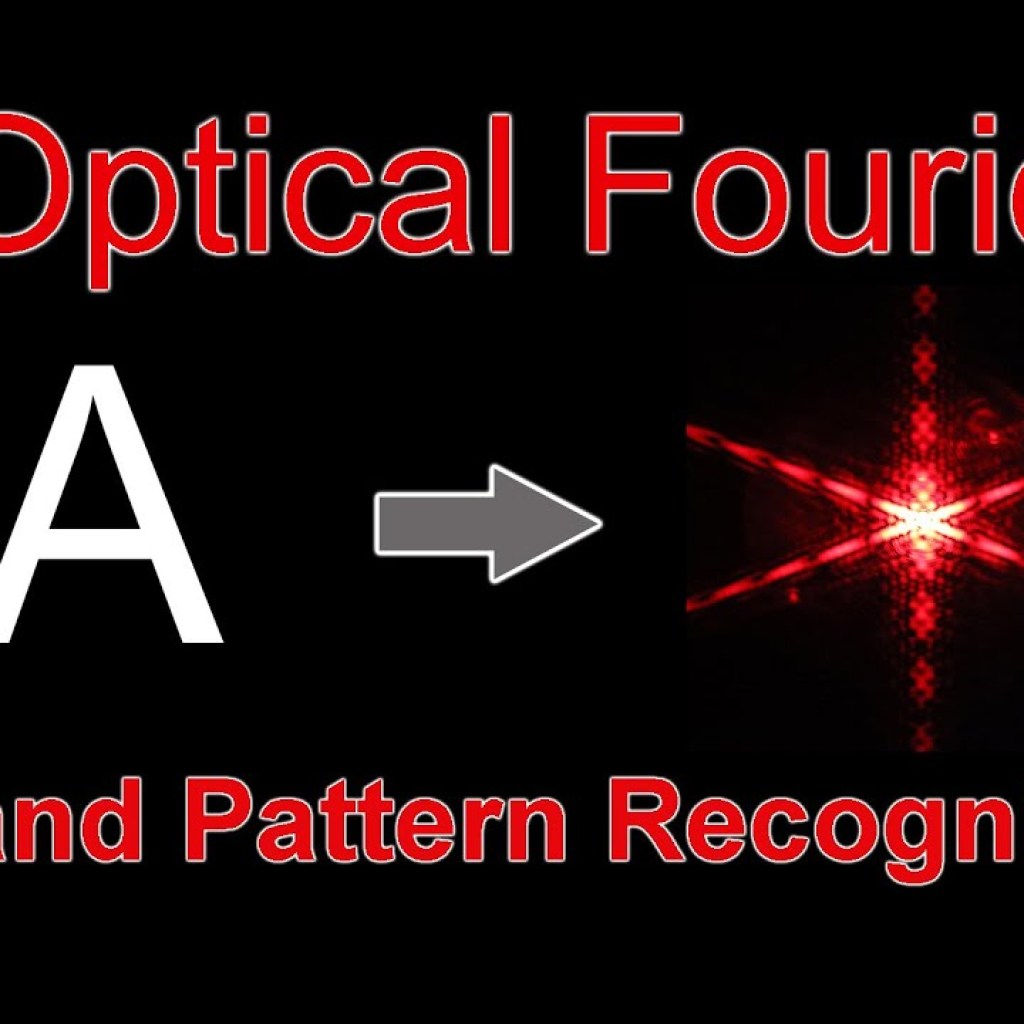Color Spaces
Source: Wikipedia Understanding Color Spaces Understanding Color Spaces Colors are a fascinating aspect of human perception, intricately linked to the way our brain interprets signals received from our eyes. Despite the complexity in the relationship between physical light properties and perceived colors, scientists have developed systems known as color spaces to objectively quantify colors. The […]








